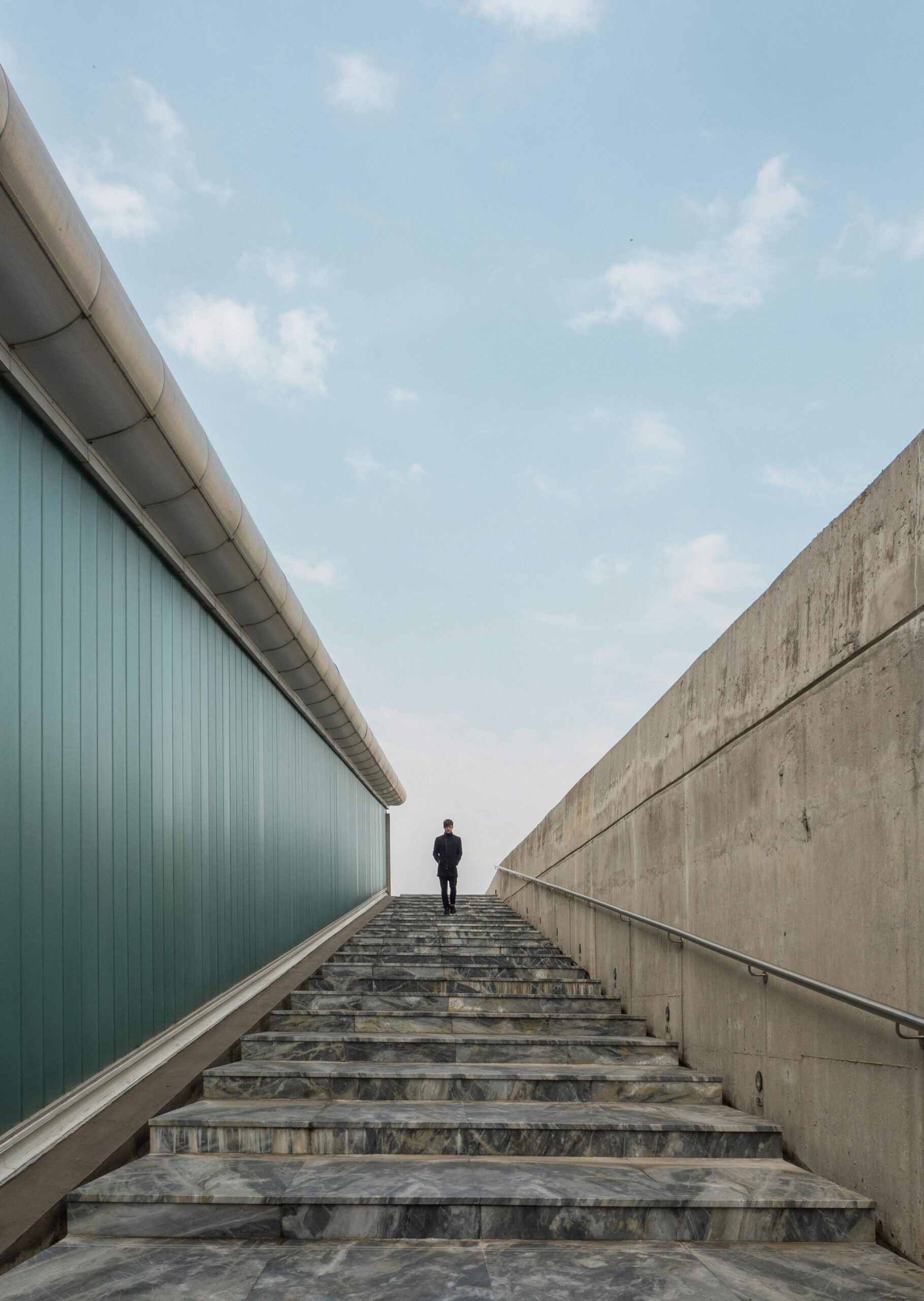Add Your Heading Text Here
(image credit: by Daniel Joseph Petty)
As Canada heads toward a pivotal federal election on April 28, 2025, rising economic uncertainty and strained U.S. relations are shaping the national conversation. With new faces leading familiar parties, the outcome could redefine the country’s direction for years to come.
A Political Reset Under Pressure
Canada is entering the final stretch of its federal election campaign, and all eyes are on the new Liberal leader Mark Carney, who has taken the reins from longtime Prime Minister Justin Trudeau. Carney, a former Governor of both the Bank of Canada and the Bank of England, brings a reputation for financial competence—something his party hopes will appeal to voters amid rising concerns over affordability, inflation, and economic instability.
Facing off against Carney is Conservative leader Pierre Poilievre, a populist firebrand known for his tough stance on fiscal discipline, skepticism toward government institutions, and sharp criticism of Trudeau-era policies. Poilievre has built a loyal base by tapping into anxieties around the cost of living and housing, positioning himself as a voice for “everyday Canadians.”
Key Issues Driving the Election
This election is not just about leadership—it’s about direction. Major campaign themes include:
Housing Affordability: With home prices outpacing income growth in major cities, younger voters are demanding bold housing policies. Both parties have proposed sweeping reforms, including development incentives and tax adjustments.
Economic Insecurity: Inflation, wage stagnation, and post-COVID recovery challenges are making economic policy a decisive issue. Carney’s financial background is being spotlighted as a strategic advantage by the Liberals.
U.S.-Canada Relations: President Trump’s re-election and his aggressive trade stance have raised concerns north of the border. Many Canadians worry about the fallout from renewed tariffs, supply chain disruptions, and protectionist rhetoric. The Liberals have positioned themselves as better negotiators on the international stage, while Poilievre advocates for a more self-reliant Canada.
A Liberal Comeback?
Despite earlier predictions of a Conservative sweep, recent polling suggests a shift. Carney’s composed, technocratic image is gaining traction, especially among centrist and urban voters. Some political analysts believe the Liberals could be on track for a surprise majority, especially if voter turnout among young Canadians and urban populations is strong.
Meanwhile, the Conservative Party is doubling down on grassroots engagement, banking on rural and western support to carry them across the finish line. Smaller parties like the NDP and Bloc Québécois could also play kingmaker roles in the event of a minority government.
With less than two weeks to go, the 2025 Canadian federal election promises to be one of the most consequential in recent memory. Whether voters opt for experience and global savvy under Carney or populist reform under Poilievre, Canada’s future—at home and on the world stage—hangs in the balance.


